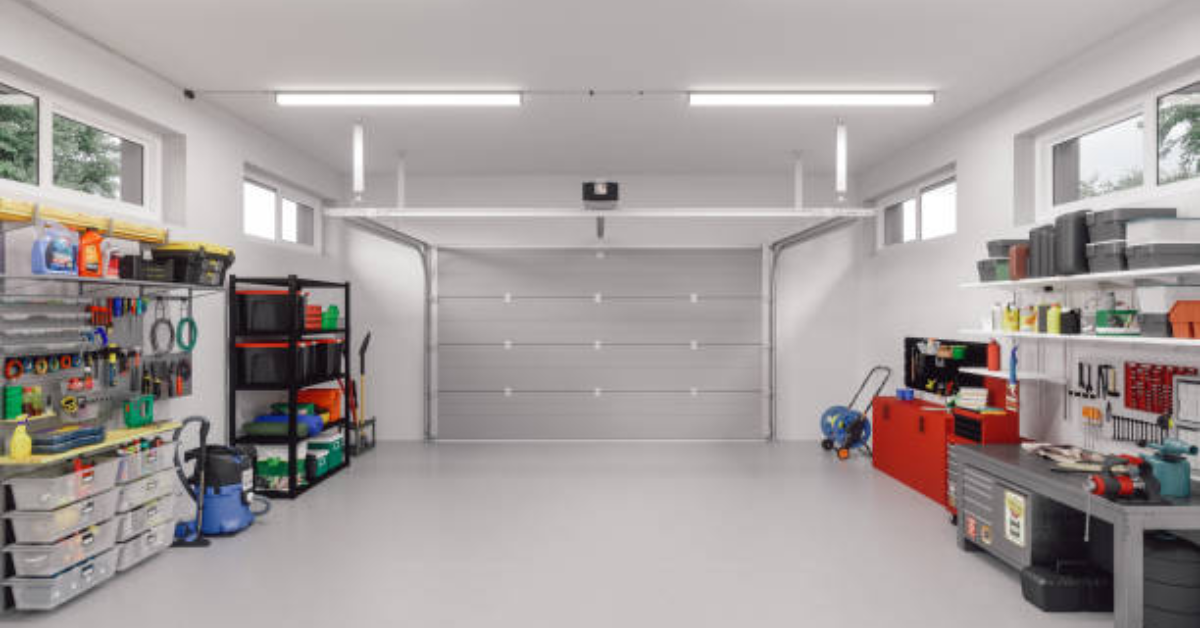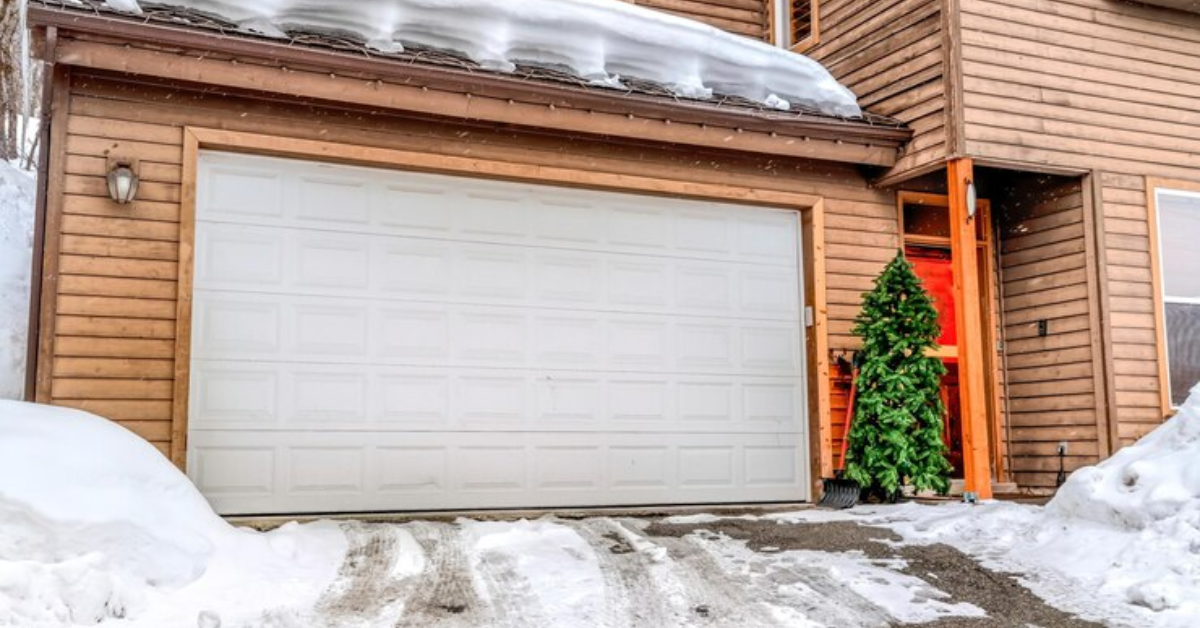The Ultimate Automatic Garage Door Maintenance Timeline
Automatic garage doors are an essential convenience for many homeowners, offering smooth operation and reliable security. However, like any mechanical system, they require regular maintenance to ensure longevity, safety, and optimal performance. Following a well-planned maintenance timeline can prevent costly repairs, improve functionality, and increase the lifespan of your garage door system. Here’s your ultimate guide to maintaining your automatic garage door.
Why Regular Maintenance is Important
Neglecting your automatic garage door can lead to operational issues, increased repair costs, and even safety hazards. Regular maintenance ensures that:
- The door operates smoothly and quietly.
- Critical components such as springs, tracks, and sensors remain in good condition.
- Safety mechanisms function correctly, protecting people and property.
By adhering to a routine maintenance timeline, you can avoid unexpected breakdowns and maintain the overall security of your home.
Daily Maintenance Tasks
While there’s no need to inspect your garage door daily, certain habits can help keep your system in check.
- Observe Door Operation:
Watch how your garage door moves each time you open or close it. A smooth and quiet operation indicates a well-functioning system, while jerky movements or unusual noises may signal problems. - Ensure Safety Features Work:
Make sure the safety sensors near the floor are clean and aligned. These sensors prevent the door from closing on objects or people.
Weekly Maintenance Tasks
1. Inspect for Visible Damage
Walk around your garage door weekly and check for:
- Dents or cracks in the door panels.
- Loose hardware, such as screws, nuts, or bolts.
- Frayed cables or worn-out parts.
2. Test the Door Balance
Disconnect the automatic opener by pulling the release cord. Lift the door manually halfway and let go. If the door stays in place, it’s balanced correctly. If not, it may need professional adjustment.
3. Clean the Exterior
Keep the surface of the garage door clean. Use a mild soap and water solution to remove dirt, debris, and grime. For metal doors, check for rust spots and repaint them if necessary to prevent corrosion.
Monthly Maintenance Tasks
1. Lubricate Moving Parts
Apply a silicone-based lubricant to essential components such as:
- Hinges
- Rollers
- Springs
- Tracks
This helps reduce friction, ensuring smooth operation and prolonging the life of these parts.
2. Inspect the Weatherstripping
Check the rubber seal at the bottom of the door for cracks or wear. The weatherstripping keeps out moisture, debris, and pests. Replace it if necessary to maintain an effective seal.
3. Test the Auto-Reverse Feature
Place an object, such as a piece of wood, under the door. Close the door using the opener. The door should automatically reverse when it touches the object. If it doesn’t, the auto-reverse mechanism needs immediate attention.
Quarterly Maintenance Tasks
1. Tighten Loose Hardware
Over time, vibration and regular use can loosen the hardware. Use a socket wrench to tighten bolts, screws, and brackets, ensuring everything is secure.
2. Check the Tracks
Inspect the tracks on both sides of the door for debris, rust, or misalignment. Clean them with a damp cloth and ensure they are properly aligned. If they are bent, seek professional repair.
3. Inspect Springs and Cables
Look for signs of wear, rust, or fraying in the torsion springs and cables. These components are under high tension and should only be adjusted by a professional to avoid injury.
Annual Maintenance Tasks
1. Schedule Professional Inspection
Hire a garage door technician for an annual inspection. They can:
- Test and fine-tune the door’s balance.
- Adjust the spring tension if necessary.
- Perform detailed safety checks.
2. Replace Remote Batteries
To avoid being locked out, replace the batteries in your remote and keypad once a year, even if they’re still functional.
3. Update the Garage Door Opener System
If your system is older, consider upgrading to a newer model with enhanced security features, such as rolling code technology or smart integration.
Seasonal Maintenance Considerations
Certain tasks should be performed as seasons change:
Spring and Summer
- Inspect for rust or wear caused by winter moisture.
- Clean and lubricate tracks and moving parts to prevent seasonal expansion issues.
Fall and Winter
- Ensure the weatherstripping is intact to block cold drafts and snow.
- Test the door opener’s performance in colder temperatures, as freezing conditions can strain the motor.
Signs Your Garage Door Needs Immediate Attention
Sometimes, problems arise that require urgent action. Watch for these signs:
- Loud grinding or squealing noises.
- The door moves unevenly or stops mid-operation.
- The door doesn’t close completely or reopens unexpectedly.
- Broken springs, cables, or rollers.
Ignoring these issues can lead to more extensive and costly repairs.
Conclusion
Maintaining your automatic garage door doesn’t have to be complicated. By following this comprehensive timeline, you can ensure your door remains in excellent condition year-round. Regular inspections, timely lubrication, and professional servicing can save you time, money, and the stress of unexpected breakdowns.
A well-maintained garage door not only enhances your home’s curb appeal but also provides the security and reliability your family deserves.




